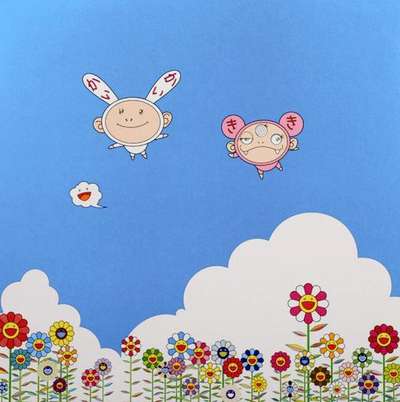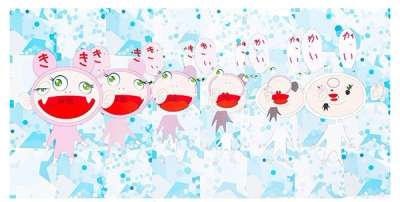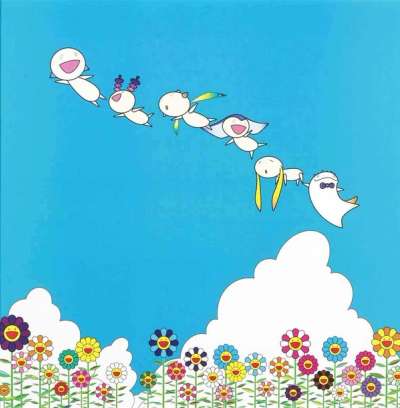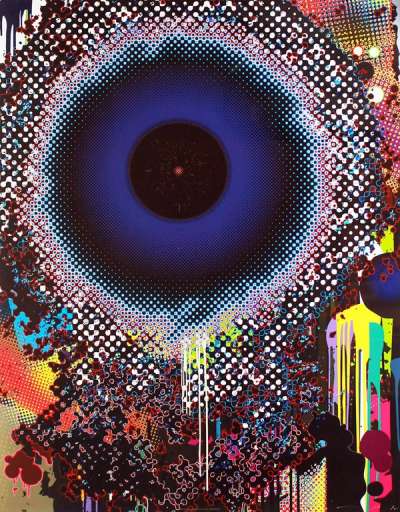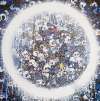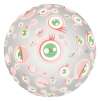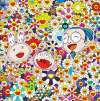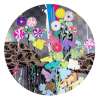Characters
Takashi Murakami’s Characters is a collection of lithograph prints, all of which come in an edition size of 300 and were made in the 2000s. Born and raised in Tokyo, Japan, Murakami was a fan of anime and manga; his love for cartoons is perfectly encapsulated by the Characters collection.
Takashi Murakami Characters For sale
Characters Value (5 Years)
Takashi Murakami's Characters series has historically shown more modest results compared with the artist’s wider oeuvre, with auction prices ranging from £436 to £3374. Average annual growth has remained modest at -3.7%, with certain works seeing declines in value. Over 24 total auction appearances, average selling prices have held steady around £1298. This series appeals to collectors seeking accessible entry points into Takashi Murakami’s print market.
Characters Market value
Auction Results
| Artwork | Auction Date | Auction House | Return to Seller | Hammer Price | Buyer Paid |
|---|---|---|---|---|---|
 If Only I Could Do This, If Only I Could Do That Takashi Murakami Signed Print | 7 Dec 2023 | Showplace Antique Center | £1,020 | £1,200 | £1,500 |
 Mamu From The Sky Takashi Murakami Signed Print | 22 Sept 2021 | Bonhams Knightsbridge | £723 | £850 | £1,100 |
 Planet 66 Takashi Murakami Signed Print | 10 Mar 2021 | Christie's New York | £2,423 | £2,850 | £3,800 |
 Nirvana Takashi Murakami Signed Print | 2 Sept 2020 | Phillips Hong Kong | £1,530 | £1,800 | £2,400 |
 Planet Summer Vacation Takashi Murakami Signed Print | 21 Jul 2011 | Christie's New York | £2,678 | £3,150 | £4,200 |
Sell Your Art
with Us
with Us
Join Our Network of Collectors. Buy, Sell and Track Demand
Meaning & Analysis
Characters is a collection of lithograph prints produced by the acclaimed Japanese artist, Takashi Murakami. The works, all of which come in an edition size of 300, were made in the 2000s, meaning this collection charts Murakami’s rise to fame and international recognition in the art world.
Born and raised in Tokyo, Japan, Murakami was a fan of anime and manga (Japanese cartoons and comics) and his love for these cartoons shines through in his artistic style. Despite this strong interest, the artist studied ‘nihonga’, the traditionalist Japanese painting style, at the Tokyo University of Fine Arts and Music. Not only did Murakami complete his BA there, he also went on to do a Master’s and PhD, specialising in the traditional art form. Murakami gradually became disillusioned with the insular and highly political art world, which led to his experimentation with more contemporary artistic styles.
Murakami’s innovative aesthetic combines skills he developed from his classical training in Japanese art with elements of contemporary Japanese pop culture and this combination is a key feature of what Murakami calls his ‘superflat’ style. Murakami created this term in 2000 when he published his theory regarding Japanese popular culture. Murakami argued that there is a legacy of flat, two-dimensional imagery from Japanese art history in manga and anime. The artist contrasts this style with the way Western art is concerned with emphasising depth and texture. As well as being used to describe the aesthetics of artworks, the term is also used by Murakami to address the nature of post-war Japanese culture and society and the diminished distinction between ‘high’ and ‘low’ culture which has led to the flattening of differences in social classes and taste. Taking popular cartoon characters as the inspiration for his prints, as is seen in the Characters collection, Murakami elevates these symbols of popular culture to the realm of fine art, flattening the distinction between the two.
